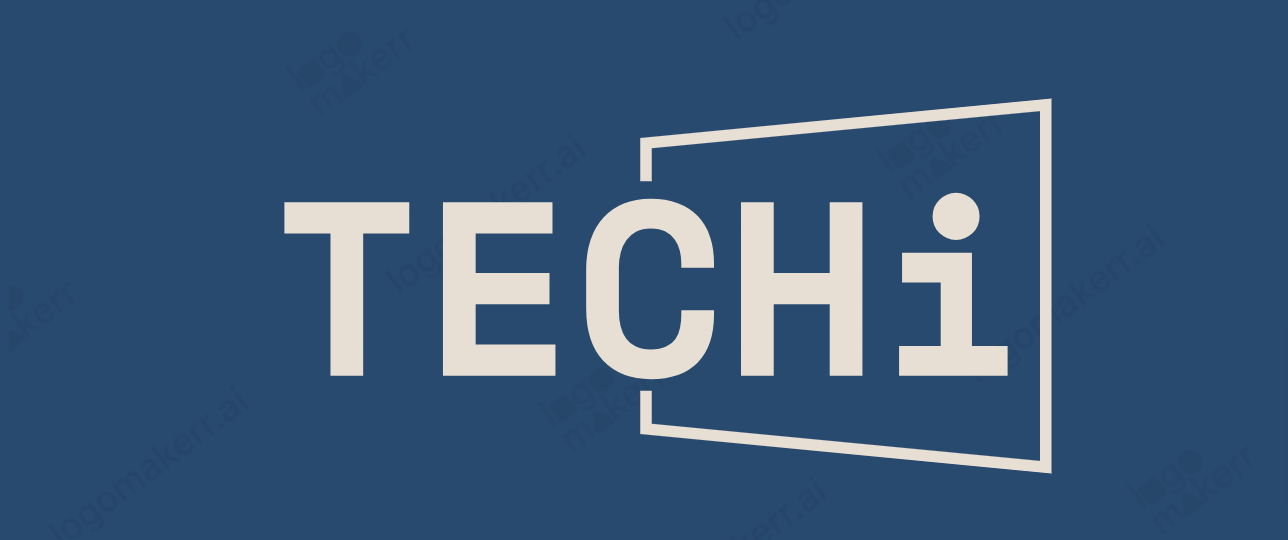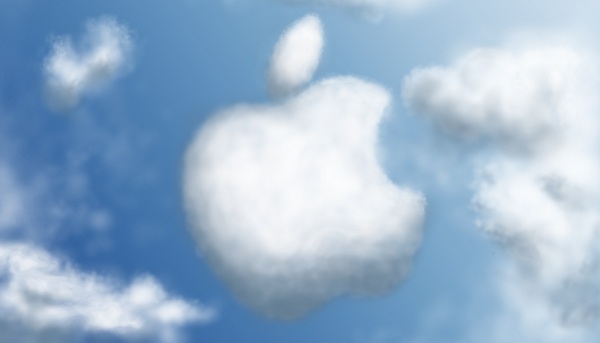Apple’s record earnings for 2010 leave them in an enviable position. No, really: I am deeply jealous of them and anyone who had the good sense to buy their stock.
But though Apple is virtually invincible for the next year or two, it’s also clear that they cannot afford to stagnate.
We are already nearing the time that smartphones will become a commodity; though there are obvious difference between all the different models, the gaps continue to shrink each quarter. And though we’re just at the beginning of a having a tablet market, you can bet it will commoditize even faster than phones.
So Apple will have to innovate. But if they’ve already revolutionized computing with the iPad, where do they go next?
1) iTunes in the Cloud.
The thing with hardware is that, over time, competitive pressures erode margins to the point that the market price cannot sustain the budgets for marketing, distribution, R&D etc.. Most significantly, we’ve seen this with TVs, where the once lucrative business of LCDs and Plasma has to be augmented with services and new gimmicks.
At ac certain point, Apple will need to deal with this – and the best place to go is to move into cloud services. By services, I both mean the ‘we-all-know-it’s-coming’ cloud-based iTunes music service (that will use Apple’s acquisition of Lala as its starting point) but also a cloud-based movie/TV/app service.
It’s well-publicized that neither iTunes nor the App Store are especially good at generating huge amounts of profit. If and when hardware margins drop, Apple will need to look at how to maximize revenue through cloud service. And because cloud services are rarely of the ‘pay once and forget it’ model – and are instead about paying a monthly fee – look to Apple to move toward the idea of having you pay them to maintain your cloud .
2) Redefine the TV
Smart TV sucks. There, it needed to be said.
Despite the wealth of options and glut of apps, doodads and 3D tricks, the merger between the TV of the past and the connected model of the present has yet to properly arrive on the TV.
Even Apple’s own attempt – Apple TV – is lackluster, if nothing else because it’s so limited. Sure, Netflix streaming is great, but simply that and iTunes just isn’t enough.
What Apple first need to do is to take some lessons that others have learned: that people don’t really want the full web on their TV; but they do want responsiveness, ease-of-use and a wealth of content options.
So what Apple must do is turn the TV into a hub of content that is easy to use and is accessed through apps, rather than a browser. It’s true that Google TV has apps, but the general reaction so far has been that it is clunky and difficult to use.
The TV continues to dominate people’s attention, even in 2011. So Apple need to do what they do best: integrate a distinclty Apple interface with an expansive ecosystem full of options so that the TV is both the place to veg out and chill and the place for online on-demand content.
The most sensible place to start? An upgraded Apple TV with storage, a dual-core processor and cloud-based iTunes.
3) The Networked Home
Though Apple have always been a computer company, their fastidious attention to interface has meant that it’s been difficult not to wonder “what if Apple designed everything in my home?”. After all, we’ve all wondered why certain things in our lives – alarm systems, appliances, DVD players – have baffling, frustrating interfaces.
So what if, in order to generate new revenue streams, Apple looked beyond its traditional competencies and thought about what else might benefit from an Apple interface?
Think about the networked home, in which all the major functions – heating and cooling, security, major appliances – work through an interconnected set of touch-screen interfaces. Think about how ideally suited Apple would be to make things ‘just work’.
Furthermore, given the experience Apple now has a media company, it could also integrate media into the networked home – think cloud iTunes in any room in your house.
It sounds far-fetched. But then, 10 years ago, so did the notion of a touch-screen phone from Apple. But Apple saw a new way that people could use hardware and software to interact with the stuff that made up their lives. So they pounced on it and, on balance, we’re the better for it. And it’s true that the idea of ceding control of your house to Apple is less than ideal.
But if Apple are looking for new revenue streams – and we look to Apple to simplify and declutter our technology – the networked home looks like an ideal place to start.
What areas of our lives do you think Apple should move into next? Or should they at all? Hit the comments and let us know.





Its about time somebody come up with a home appliance network. But I wouldn’t prefer if everything was designed by Apple either.
What we need is a standard communication protocol to be used between various home appliance products. We need communication compatibility between products of different brands and types.
For example, we might want to check on the inventory in our panasonic refrigerator through our Sony Television across the room, while streaming video from Apple TV.
while apple still doesn’t have any plans to make a networked appliances at home, LG has already hit the market with their networked home appliances such as microwave, refrigerator, Air Conditioners and washing machines with smart phone and computer
“So what Apple must do is turn the TV into a hub of content that is easy to use and is accessed through apps, rather than a browser. It’s true that Google TV has apps, but the general reaction so far has been that it is clunky and difficult to use.”
Boxee is already there with the Boxee Box. The box has USB ports to attach storage, or it can stream from a NAS. And they just announced the Iomega device that has storage built in.
The Boxee system use apps for much of the content, or it can be accessed through the browser as well.
there is a android based tv with access to android market. lava of sweden